Metal applications in the automotive industry are essential for achieving strength, durability, weight reduction, and cost efficiency. Here’s a breakdown of key metals and their uses in automotive manufacturing:

1. Steel (Most Widely Used Material in Cars)
- Applications: Body frames, chassis, doors, hoods, and crash structures.
- Types & Advantages:
- Mild Steel: Low cost, easy forming (used in non-critical body panels).
- High-Strength Steel (HSS): Improves crash safety while reducing weight (e.g., pillars, bumpers).
- Advanced High-Strength Steel (AHSS): Used in modern cars for lightweighting without sacrificing safety (e.g., DP600, TRIP steel).
- Stainless Steel: Exhaust systems, grilles, and decorative trim (resistant to corrosion).

2. Aluminum (Increasingly Used for Lightweighting)
- Applications: Engine blocks, wheels, body panels (hoods, doors), and suspension parts.
- Advantages: ~40% lighter than steel, improves fuel efficiency.
- Common Alloys:
- A356 (used for wheels and engine components).
- 5xxx & 6xxx series (body panels, structural parts).
- Trend: Electric vehicles (EVs) use more aluminum to offset battery weight.

3. Cast Iron (Traditional but Declining Usage)
- Applications: Engine blocks, cylinder heads, brake discs/drums.
- Advantages: High strength, wear resistance, and low cost.
- Disadvantages: Heavy—being replaced by aluminum in modern engines.
- Types:
- Gray Cast Iron (engine blocks, brake rotors).
- Ductile Iron (crankshafts, suspension parts).

4. Magnesium (Lightest Structural Metal)
- Applications: Steering wheels, transmission cases, seat frames.
- Advantages: ~75% lighter than steel, good damping properties.
- Challenges: Expensive, flammable in powder form (requires coatings).
- Common Alloy: AZ91 (used in gearbox housings).

5. Titanium (Limited but High-Performance Use)
- Applications: High-end sports cars (exhaust systems, valves, connecting rods).
- Advantages: High strength-to-weight ratio, corrosion-resistant.
- Disadvantages: Very expensive—mostly used in luxury/racing cars.

6. Copper & Copper Alloys (Electrical & Cooling Systems)
- Applications: Wiring, radiators, bearings, and electronics.
- Advantages: Excellent electrical/thermal conductivity.

7. Advanced & Emerging Metal Applications
- Metal Matrix Composites (MMCs): Aluminum reinforced with SiC or carbon fibers for stronger, lighter components.
- High-Pressure Die Casting (HPDC): Used for aluminum structural parts in EVs.
- 3D Printing (Additive Manufacturing): Titanium and aluminum alloys for custom lightweight parts.
Key Trends in Automotive Metals
- Lightweighting: Aluminum and magnesium replacing steel to improve fuel efficiency.
- EV Revolution: More aluminum to counter battery weight; copper for electrical systems.
- Sustainability: Increased recycling of steel and aluminum to reduce carbon footprint.
- High-Strength Materials: AHSS and ultra-high-strength steels (UHSS) for crash safety.


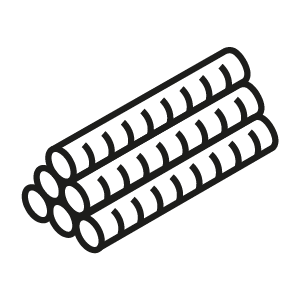
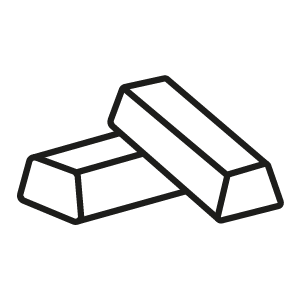
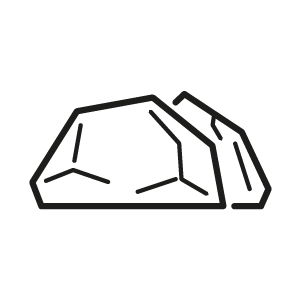
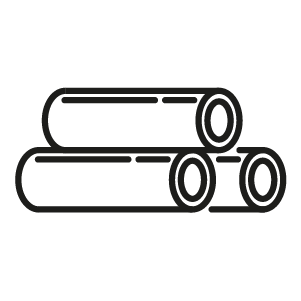

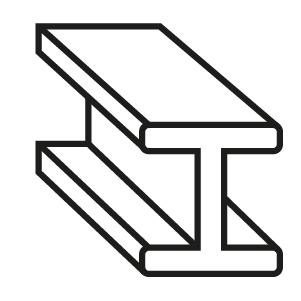


Add comment